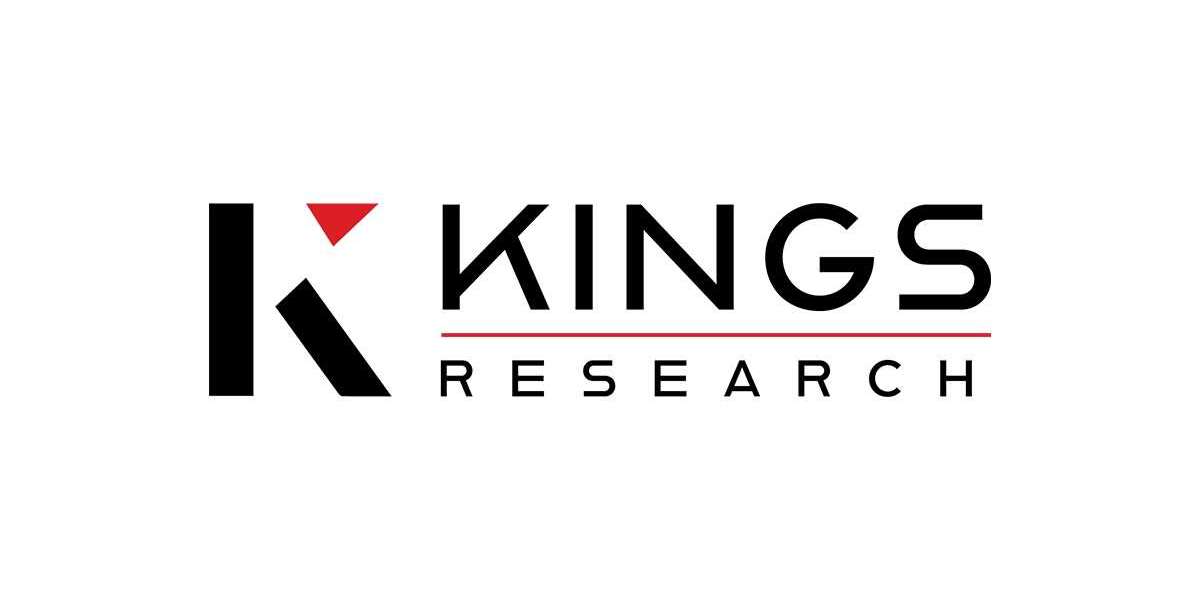On-demand services are growing rapidly as customers demand more convenience in their busy lives. One area that seems ripe for disruption is laundry. Lugging bags of dirty clothes to the laundromat can be a chore, and dry cleaners tend to be expensive for regular use.
An on-demand laundry app that allows customers to simply request pickup and delivery of their laundry just like an Uber, would solve many of these problems. By cutting out the hassle of doing laundry yourself, such an app could gain widespread popularity.
However, building a successful on-demand business is no simple task. There are many intricacies to address across technology, operations, marketing and more. To give entrepreneurs the best chance of success with this idea, here are 11 crucial things to understand before embarking on creating an "Uber for Laundry" app.
1. Conduct Thorough Market Research
Before spending significant time and money developing an app, it's essential to validate there is real market demand for the service. Some key research activities include:
Survey potential customers to understand pain points with current laundry options and gauge interest levels in an on-demand service. Ask about needs, preferences, pricing they'd accept.
Research existing on-demand laundry businesses to analyze their models, strengths, weaknesses. Look at ones operating locally as well as nationally.
Identify target customer demographics - are you aiming for individuals, families, professionals, a certain income bracket? Their needs will differ.
Estimate potential market size - how many laundry loads per week could realistically be handled in the target city?
Understand competitive landscape - who else may enter the space and what could differentiate your offering?
High-quality market research will help shape the right business model and give insight on what problems most need solving for the identified target customers. Without understanding the opportunity thoroughly, efforts risk focusing on the wrong aspects.
2. Design the Optimal Business Model
With customer needs and market insights in hand, it's time to devise the operating model. Key decisions include:
Pickup and/or Delivery? Having services operate both ways expands addressable customers but adds complexity. Consider starting with one.
Wash and Fold or Drop Off Service Only? Offering full-service laundry increases costs but convenience. Drop off only has lower overhead.
Flat Fees or Variable Pricing? Fixed pricing simplifies the user experience while dynamic rates based on loads, locations can maximize revenue.
Partner with Existing Laundromats or Build Out Own Facilities? Leveraging others' infrastructure saves costs but reduces control quality. Require significant start-up costs.
In-House Drivers or Contractors? Employees provide better quality control while independent drivers scale more easily but require different legal/HR framework.
Revenue Streams - Commission per load? Monthly subscription plans? Additional services like repairs?
Getting feedback on early business model drafts from customers, investors, and laundry industry experts will improve the design. Test assumptions through customer interviews too.
3. Scope Technology Requirements
Given the mobile-centric nature, technology is a core aspect. Proper scoping upfront prevents costly delays or reworks down the road. Key considerations include:
Mapping out full app functionality for customers (book laundry, track status) and any driver/vendor interfaces.
Payment processing integration for multiple pricing models like one-time loads vs subscriptions.
Inventory, order and delivery/pickup scheduling, routing and automation.
Analytics on key metrics like load volumes, customer behaviors, operational efficiency.
Infrastructure needs - do loads require geotagging, photos, condition comments? Server capacity for growth.
Security - payment handling, user authentication, data encryption while in transit.
Compliance - address any regulations like handling consumer financial information.
Hiring expert mobile and backend developers or partnering with an app development agency ensures the tech foundations are robust given real-world use. Visit: https://zipprr.com/uber-for-laundry/
4. Plan Logistics and Operations
Getting laundry picked up efficiently then processed and returned requires optimization. Upfront logistical scoping covers:
Identifying and securing laundry facilities for processing loads via agreements. Consider volume commitments.
Fleet management for delivery vehicles - purchase, insurance, maintenance planning if using own.
Scheduling system to optimize routes, avoid delays and exceed customer SLA expectations.
Inventory management of laundry supplies, uniforms, materials if operating facilities.
Standard processes for intake, tracking individual loads, repairs/loss prevention.
Staffing model at facilities and for customer support roles. Determine costs.
Insurance coverage for laundry facility operations, vehicles, on-road risks.
Compliance with transportation and laundry services regulations in each location.
Operational piloting lets you refine systems before scaling. Use established KPIs to drive continual improvement.
5. Develop Comprehensive Funding Plan
Building the tech, hiring team members, sourcing facilities and vehicles require significant capital. A funding plan covers:
Projected startup and operating expenses for the next 12-24 months
Initial funding options - friends/family, angel investors, venture capital term sheets.
Growth funding milestones to expand to new cities or add services.
Projected customer acquisition costs (CAC) and timeline to profitability.
Financial projections and KPIs like load volumes, revenue per load.
Capital equipment costs - vehicles, facility upgrades or rent payments.
Working capital for inventory, payroll before cashflow turns positive.
Presenting a detailed plan to investors instills confidence in the viability and growth trajectory. Build in contingencies for delays or lower-than-expected metrics.
6. Pursue Strategic Partnerships
Partnering can extend reach and lower costs. Consider partnerships with:
Existing laundromats and drop-off services for in-person handoffs. Share customer bases.
Dry cleaners for full-garment care basket of services beyond just laundry.
Building/apartment managers for exclusive pickup of bulk loads.
Gyms and hotels for high-volum customers in contained areas.
Delivery startups experiencing excess capacity to fulfill final mile.
Manufacturers for equipment/supply discounts on large committments.
Pilot partnerships help optimize integrations before wider rollouts. Evaluate strategic value and revenue shares upfront.
7. Prioritize Exceptional Customer Support
With customers' clothes and money at stake, support is mission-critical. Core focuses include:
Multi-channel support via phone, email, app for 24/7 assistance. Consider live chat.
Intuitive self-service knowledge base for common FAQs and order tracking.
Clear communication of anticipated timeframes to prevent missed expectations.
Hassle-free cancellations and refunds/credits to maintain trust.
Immediate response protocols if anything goes wrong like lost/damaged items.
Monitoring online reviews and communities to keep feedback loops flowing.
Training support staff extensively on all product details and processes.
Getting support right from the start builds positive word-of-mouth needed to gain traction. Consider third-party support vendors to scale more affordably.
8. Devise Compelling Marketing Strategy
Reaching enoughearly customers to achieve critical mass requires a multi-faceted plan:
Targeted social media advertising leveraging interest-based audiences.
Email promotions to existing laundromat/dry cleaner customer listswith revenue shares.
Public relations outreach to local media covering new business stories and ‘life hacks’.
Out-of-home advertising like vehicle wraps to build awareness.
Referral programs that reward customer acquisition like free loads.
Partnerships that grant strategic placement/promotions for each other’s customers.
Nurture high-intent users with onboarding guides, welcome packs and discounts.
Testing creative concepts and channels helps allocate budgets optimally. Continual A/B testing proves most impactful tactics.
9. Ensure Robust Data Security Privacy
Given the volume of personal and financial details collected, data handling best practices become mandatory:
Authentication for drivers/employees with unique credentials, 2FA where possible.
Penetration testing of systems by third parties to surface vulnerabilities.
Regular security audits and monitoring logs for suspicious access patterns.
Encrypting sensitive data at rest and in transit using industry standards.
Complying with regulations like GDPR through consent forms and ‘right to be forgotten’.
Educating all teams on security policies to maintain employee awareness.
Breaches could devastate early brand credibility. Building security into products from the start helps pass audits by major app stores and investors. Consider third-party security platforms.
10. Differentiate from Competition
First-mover advantage won't last forever - having defense strategies ready includes:
Focusing on select neighborhoods to achieve local dominance before expansion.
Leveraging partnerships for exclusives like direct handoffs some won’t replicate.
Standout customer experience through rapid responses, loyalty programs, quality checks.
Targeting adjacent services like next-day dry cleaning for higher baskets.
Enhancing the user experience with features like real-time load tracking, customizable drop-off/ pickup windows.
Agile development letting you patch new capabilities before competitors copy.
Owning facilities allows tighter integration versus marketplace/broker model.
Localizing marketing approach based on neighborhood characteristics and events.
Proactive response strategies if low-cost entrants appear offering inferior service standards.
Staying nimble and endlessly improving the offering helps maintain an edge, even as the space gets more crowded over time.
11. Lay Foundations for Growth
A successful beta launch sets the stage for ongoing market expansion efforts:
Adding new services adjacent to laundry like dry cleaning, repairs.
Replicating across additional cities with populations over 500k people.
Expanding pickup/drop-off zones within existing cities to maximize frequencies.
Strategic acquisition of complimentary competitors to achieve scale faster.
Developing the infrastructure to operate multiple cities like centralized support.
Introducing franchise or white-label programs for localized execution.
Exploring business-to-business opportunities like bulk laundering for hotels.
Nurturing new product ideas informed by customer data analysis.
With each new location or service, maintaining consistent quality and leveraging shared resources keeps costs down as revenues multiply.
Conclusion
Launching an ambitious on-demand business requires navigating many intricacies thoughtfully. By addressing all elements outlined here - from validating market opportunity to developing durable competitive advantages - budding entrepreneurs stand to significantly increase their chances of success with this high potential “Uber for Laundry” business model. Now is an ideal time to test assumptions through focused customer development, refine plans with industry input, and embark on launching a customer-first laundry service ready to capture the market.







